Choosing a
curriculum
Some helpful things to consider when choosing a curriculum.
There are many teaching resources available and it can be difficult to navigate the variety and select the “perfect” curriculum for your group.
It may be helpful to know that no "perfect" curriculum exists! Any curriculum must be adapted to meet the needs of your church and the individual children in your context.
Selecting a curriculum is an important decision and careful thought and prayer should be given to your choice. Importantly, the curriculum you choose should represent the values and theology of your church.
Theology
All curriculum is written from a particular theological perspective.
You will need to ensure the theology of the curriculum is in alignment with your church’s theological beliefs.
Has the content been made age appropriate while still maintaining theological accuracy?
How is the Bible treated?
Is the meta-narrative of God’s story and plan for humanity clear?
Does it point to God’s grace, salvation through Jesus Christ, and the power of the Holy Spirit?
Scope and Sequence
Scope and sequence is the selection of stories included in a curriculum and the order in which they are presented.
When considering a curriculum’s scope and sequence, it helps to have a clear idea of your teaching philosophy and a plan for what you hope your curriculum will help you achieve.
Is the curriculum topic based, or does it progress chronologically through the Bible?
Are there clear themes?
Are you looking for something short, for a few weeks or a term only, or are you looking for something longer, for several years?
Are stories told more than once with greater complexity as children age their way through the curriculum?
Is there a range of Old and New Testament stories?
Learning and Growth
To nurture a life-long faith, curriculum must allow space for heart transformation, not merely the acquisition of information.
We want our children to be “God connected” not just “God smart”.
Does the curriculum allow space for children to ask questions, wonder about God and discover for themselves how to live into God’s story?
Is there space for reflection?
Does the curriculum provide opportunities for children to respond to God’s story in a way that shows God’s love in their community and the world?
Is there an opportunity of children to open the Bible for themselves, and apply it to their lives?
When it comes to learning, one size does not fit all.
Does the curriculum allow for different learning styles—listening, discussion, hands on activities, quiet processing, variety of media?
Is there flexibility to cater for different abilities so that every child is engaged?
Does the material foster participation?
Leader Support
Leaders need to be encouraged and equipped too.
Does the curriculum include background information and/or a brief devotional to inspire and inform leaders?
Does the curriculum prompt leaders to be spending their own time in the teaching passage learning and being formed by God's Word themselves?

Faith in Community
Your church community has a responsibility to be a supportive and nurturing “tribe” for its children.
Does the curriculum provide opportunities for leaders and children to develop meaningful relationships with each other?
Are there opportunities for interactions with other members of the faith community (guest visits, service projects, celebrations etc.)?
Are there opportunities for leaders to tell their stories and connect with the children?

Age Appropriate and Diverse
Is the curriculum appropriate for the age and faith development of your group?
Does it provide good transitions between age groups?
Do the images and text in the curriculum reflect and celebrate the diversity in racial/ethnic groups, gender, socio-economic status, family structures, ages, appearance and abilities of God’s family so that children will grow in love and acceptance?
Do the lessons connect with children by paying attention to the culture in which children are living today?

Practicalities
- Does it work with the number of children you have?
- Is it designed for small group, big groups or a combination?
- Does it fit your budget?
- Do you have the supplies and equipment to make it work?
- Do you have sufficient volunteers to make it work?
- How much preparation is required?
- Is this practical for your volunteers?
- How adaptable is it? Can it be adapted to meet the needs of your context?

(Adapted from “Choosing a Curriculum”, Baptist Churches of NSW &ACT, and “A Ten-Question Tool for choosing a children’s ministry curriculum”, Faith Formation Ministries)
ARTICLES
This is a helpful article from Children’s Ministry Magazine on choosing curriculum. The ‘Curric-ulator’ is another tool you may find useful when evaluating a curriculum (just click on the picture at the bottom of the article).







